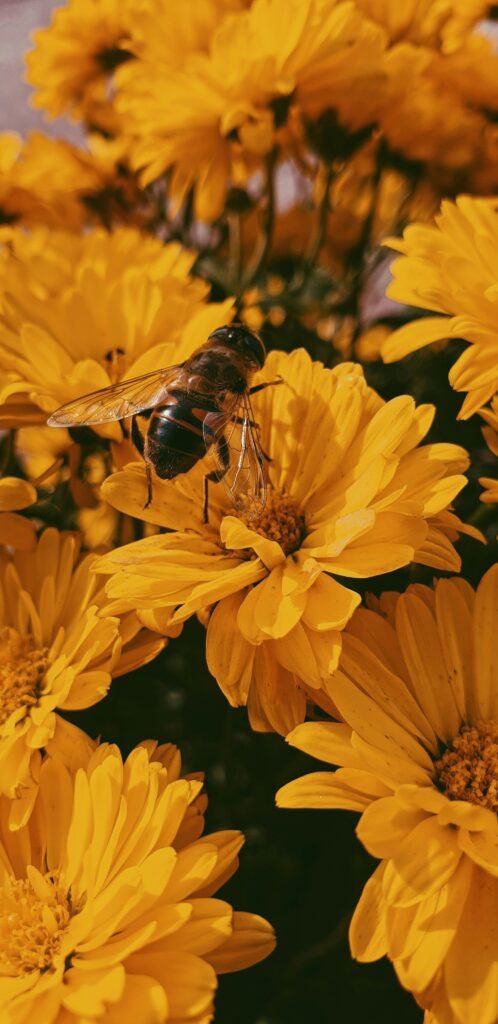A new study in the Colorado Rockies shows that wild bumblebees actively select flowers to meet their nutritional needs, balancing protein, fats, and carbohydrates. Over eight years, researchers tracked eight species of bees and analyzed the pollen they collected, finding significant variation in nutrient content among flower species. Protein levels ranged from 17% to 86%, and seasonal changes meant spring flowers were richer in protein while late-summer blooms contained more fats and carbohydrates.
The study also revealed that coexisting bee species occupy distinct nutritional niches. Larger-bodied bees with longer tongues favored protein-rich pollen, while smaller bees with shorter tongues preferred pollen higher in carbohydrates and fats. Individual bees adjusted their foraging patterns as their colonies developed, reflecting changing nutritional needs.
These findings highlight the importance of floral diversity for conservation, as bees require a range of nutrients to thrive. Maintaining a mix of plants that provide essential macronutrients can support healthy bee populations, which are crucial for ecosystems and human food systems reliant on pollination.



